Decades of educational and cognitive research has found that there are 3 fundamental principles of learning. These 3 principles should underpin the approach we take in teaching history in the primary classroom:
1. Students come to the classroom with preconceptions about how the world works. We need to engage primary students' initial understanding.
2. To develop competence in historical inquiry, students must a) have a deep foundation of factual knowledge; b) understand facts and ideas in the context of a conceptual framework, and c) organise knowledge in ways that facilitate retrieval and application.
3. A metacognitive (reflective) approach helps students learn to take control and monitor their learning
This book builds on this research and explores how these principles can be applied in teaching history in the primary classroom.
I highly recommend this book.






 Your new post is loading...
Your new post is loading...



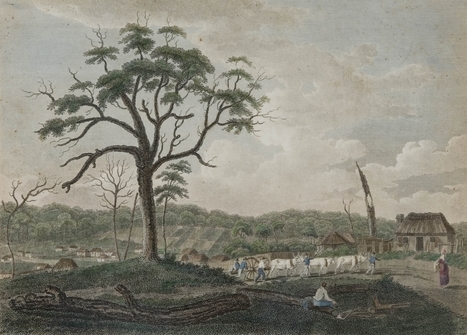


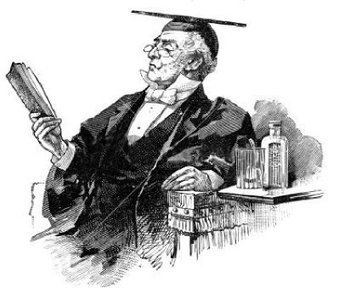

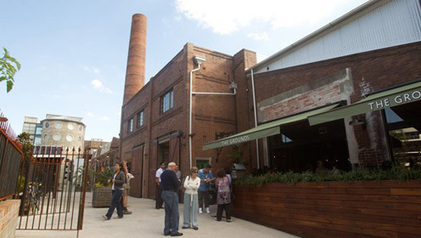
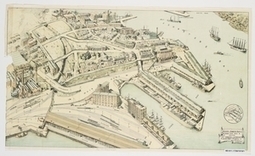
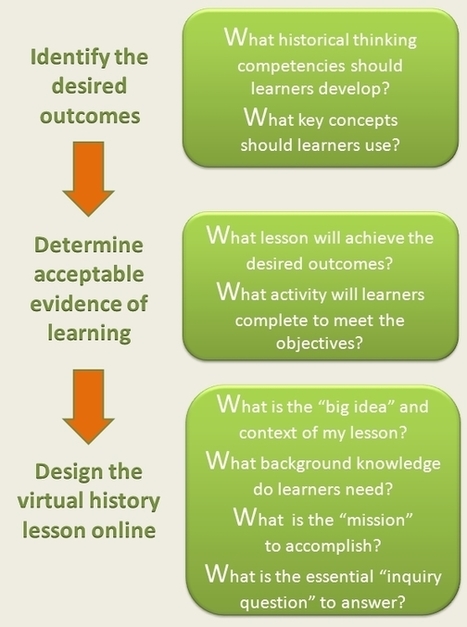


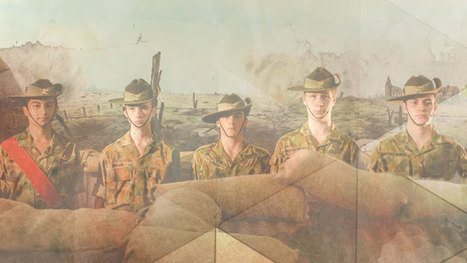



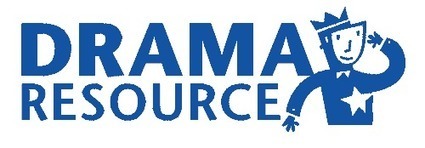
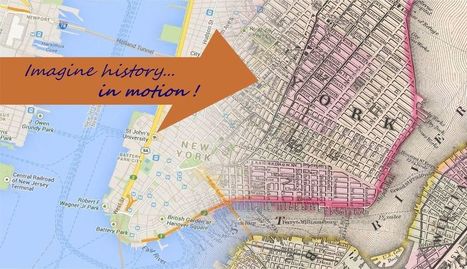


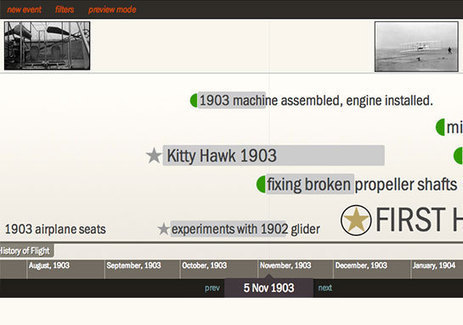


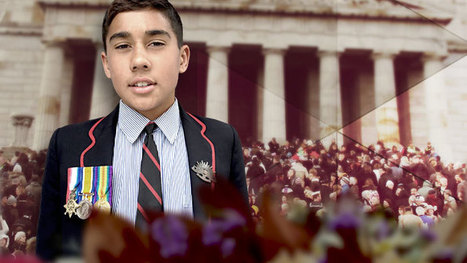









The History Teacher's Association of Australia recommends both Becoming Billy Dare & Bridie's Fire for Year 6. To check out their resources go to:
http://achistoryunits.edu.au/year-6/unit-program/y6-overview-v2.html
Many primary teachers use a range of both fiction and non-fiction texts in their teaching. Use these 6 research-based guidelines (Barton & Levstik, 2005) for selecting historical fiction:
1. Does the book tell a good story? A book must be good literature and good history.
2. Is the story accurate and authentic in its historical detail? Children's fiction deserves the same attention to historical accuracy as nonfiction.
3. Is the language authentic to the times? Completely authentic language is rarely possible in children's historical fiction. Look for the flavour of the times.
4. Is the historical interpretation sound? Avoid romanticised historical fiction.
5. Whose voices are missing? Consider who the participants in an event might have been, and select literature to represent those perspectives.
6. Does the book provide insight and understanding into current issues as well as those in the past? Well-written narratives have relevance for the present.